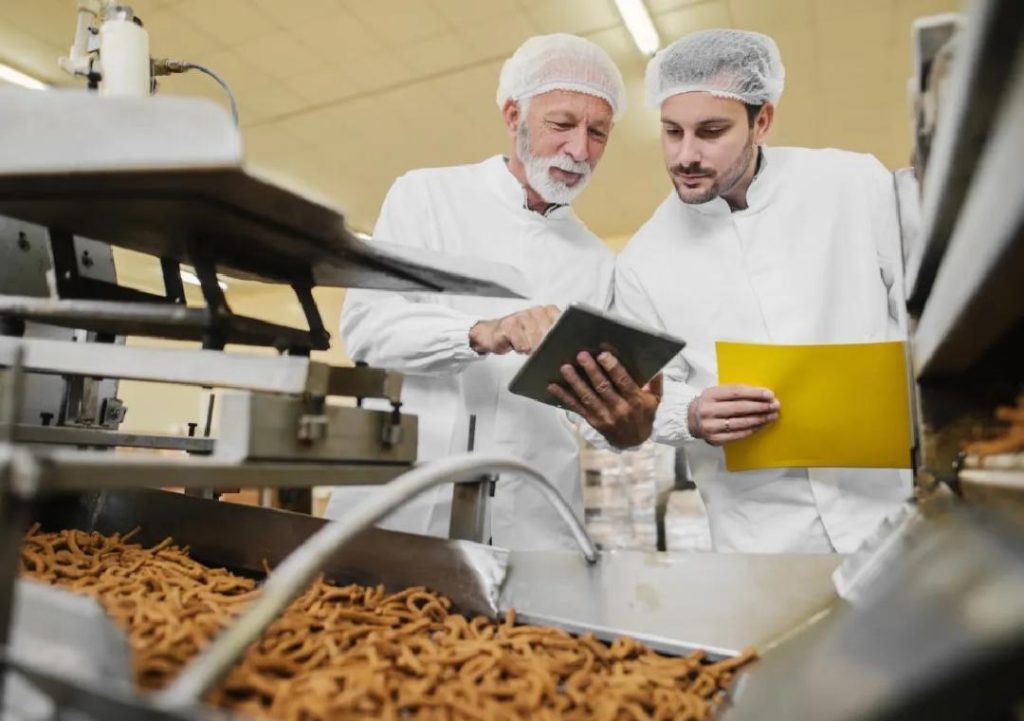
Can P&L Optimisation Redefine Success in Food Technology?
The food technology industry is rapidly evolving, driven by consumer demand for healthier, more sustainable, and convenient food options. To stay ahead of the curve, companies must not only innovate and adapt to changing market trends but also optimise their profitability. Profit and Loss (P&L) optimisation is an increasingly crucial aspect of food tech success, as it enables businesses to streamline operations, reduce waste, and make data-driven decisions.
In this blog post, we’ll explore the impact of P&L optimisation on food technology companies, highlighting the benefits of automation, smart inventory systems, and data analytics. We’ll also examine how scalable models can boost margins, ensure sustainable growth, and maintain competitiveness in the industry.
The Challenge of P&L Management in Food Tech
Food technology companies face unique challenges when it comes to managing their P&L. The industry is characterised by fluctuating demand, limited shelf life, and complex supply chains. These factors can lead to inefficiencies, waste, and difficulty in predicting revenue and costs.
Traditional P&L management methods, such as manual record-keeping and spreadsheets, can exacerbate these challenges. They often rely on historical data and are prone to errors, making it difficult to accurately forecast demand and adjust production levels accordingly.
The Role of Automation in P&L Optimisation
Automation is a game-changer in P&L optimisation, enabling food tech companies to streamline their operations and reduce waste. By automating tasks such as inventory tracking, order processing, and accounting, businesses can:
- Improve accuracy: Automation minimises human error, ensuring that financial data is accurate and up-to-date.
- Increase efficiency: Automated processes free up staff to focus on higher-value tasks, such as strategic planning and decision-making.
- Enhance visibility: Real-time data and analytics provide insights into sales trends, inventory levels, and production costs, enabling data-driven decisions.
Smart Inventory Systems: The Key to Effective Stock Management
Smart inventory systems are another crucial aspect of P&L optimisation in food tech. These systems use data analytics and machine learning to optimise stock levels, reducing waste and improving profitability.
- Real-time tracking: Smart inventory systems provide real-time visibility into inventory levels, enabling businesses to quickly respond to changes in demand.
- Predictive analytics: Machine learning algorithms analyse historical sales data and external factors, such as weather and seasonality, to predict demand and adjust inventory levels accordingly.
- Automated alerts: Smart inventory systems can send automated alerts when inventory levels reach critical thresholds, ensuring that businesses can react quickly to changes in demand.
Data Analytics: The Future of P&L Optimisation
Data analytics is the backbone of P&L optimisation in food tech. By leveraging advanced analytics and machine learning, businesses can:
- Gain insights: Data analytics provide actionable insights into sales trends, customer behavior, and operational performance.
- Improve forecasting: Advanced analytics enable businesses to predict demand with greater accuracy, reducing waste and improving profitability.
- Optimise production: Data analytics can help businesses optimise production levels, reducing costs and improving product quality.
Scalable Models: The Key to Sustainable Growth
Scalable models are critical to sustainable growth in food tech. By adopting scalable models, businesses can:
- Increase efficiency: Scalable models enable businesses to automate processes, reducing costs and improving productivity.
- Improve profitability: Scalable models can help businesses increase revenue and reduce waste, leading to improved profitability.
- Ensure competitiveness: Scalable models enable businesses to stay competitive in the industry, responding quickly to changes in demand and market trends.
Conclusion
P&L optimisation is a critical aspect of food tech success, enabling businesses to streamline operations, reduce waste, and make data-driven decisions. By adopting automation, smart inventory systems, and data analytics, food tech companies can improve profitability, ensure sustainable growth, and maintain competitiveness in the industry.
As the food technology industry continues to evolve, it’s essential for businesses to prioritise P&L optimisation. By doing so, they can stay ahead of the curve, respond to changing market trends, and achieve long-term success.
Source:
https://www.growthjockey.com/blogs/p-and-l-operations-in-food-tech






